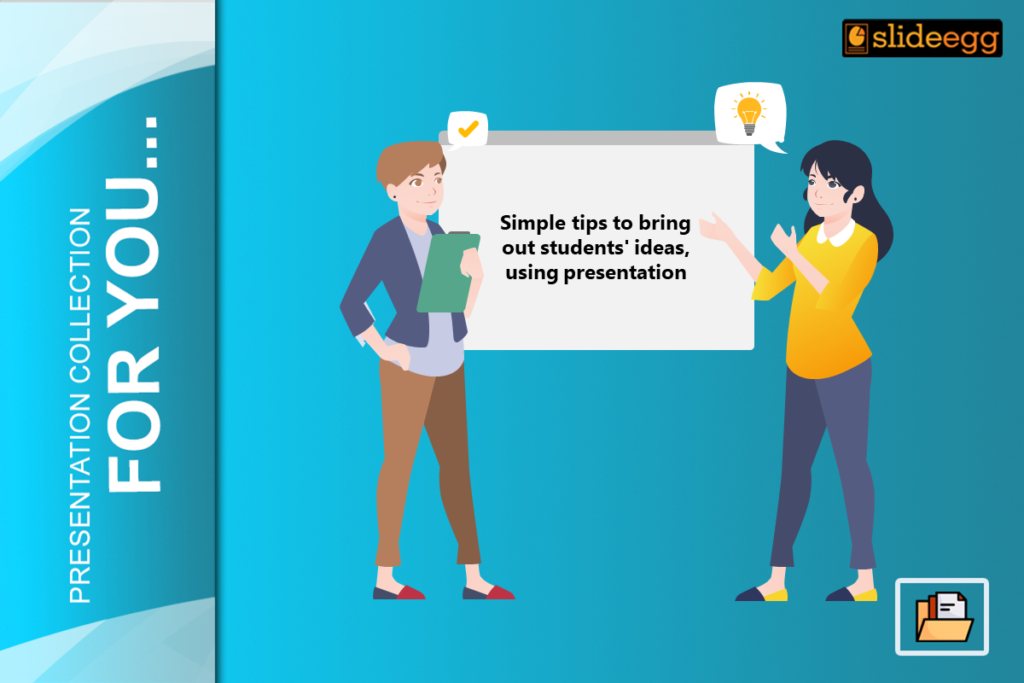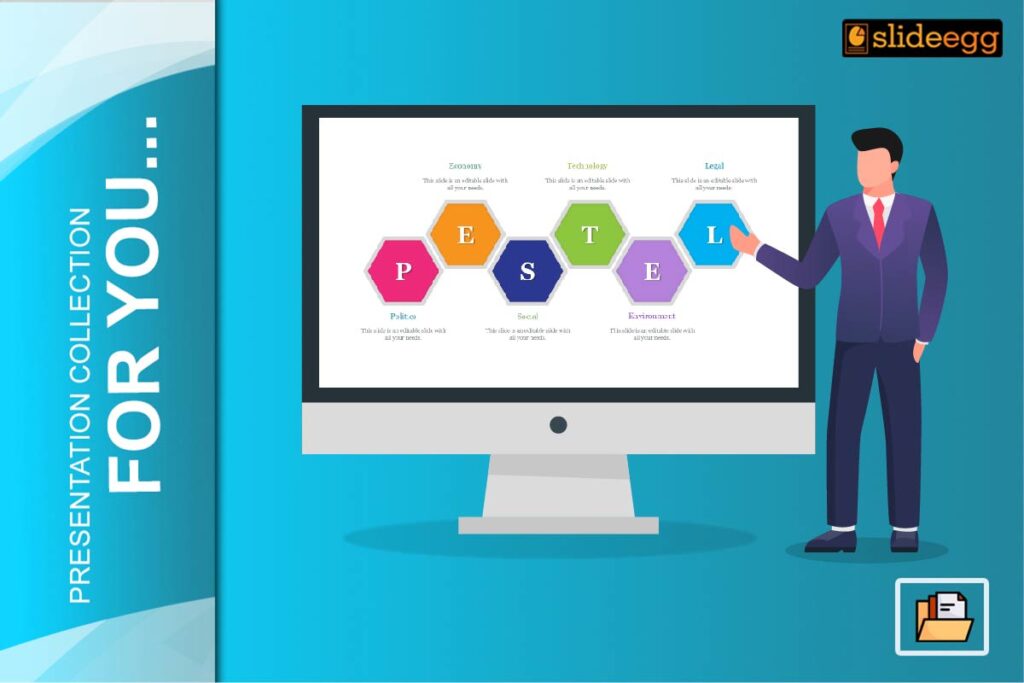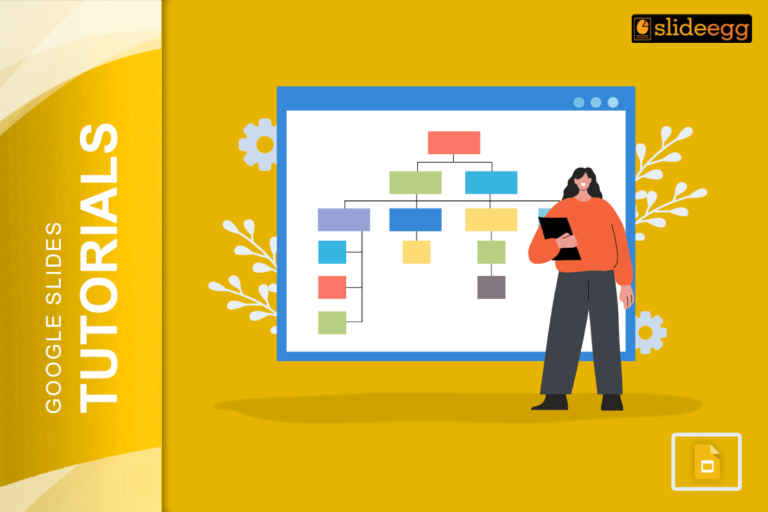Assume, you are trying to explain a concept to a group of curious kids. Would you use a complicated plot or an attractive story? When it comes to presentations for children, the simpler the theme, the better the story will be remembered. PowerPoint Slides for Kids conveys the idea clearly. This blog explains why basic themes work best for children’s presentations and offers some practical advice for creating them.
Purpose of Minimal Themes
Simple & Focused
Children can easily become distracted by too many elements on a slide. Simple themes help children stay focused on the necessary issues. With fewer distractions, children can better grasp and remember the information offered.
Easy navigation
A simple theme makes the presentation easy to follow. Consistent and simple layouts make it easier for children to understand the content. It can be either directed by a teacher or learning independently.
Improved Aesthetic Quality
While it appears that children enjoy active and lively patterns, too much of anything can be overwhelming. Simple themes develop a balance by not overloading the senses. Clean designs with sufficient white space are more comfortable for young eyes.
Features of Simple PowerPoint Presentation for Kids
Neat Layout
A basic theme depends on a clean and organized layout. Use plenty of white space and avoid filling slides with too much information or images. To maintain focus, restrict each slide to one idea alone.
Understandable Fonts
Select fonts that are easy to read. Sans-serif fonts such as Arial, Verdana, and Helvetica are perfect for children’s presentations. Avoid selecting highly decorative styles, which can be difficult to read and distract from the content.
Limited colour palette
To keep the presentation looking consistent, stick to a limited colour pallet. Choose 2-3 primary colors and use them consistently. Bright, primary colours could be attractive to children, but make sure they are used in moderation.
High-quality images
Use high-quality photos that are suitable for the topic. Avoid putting too many images on one slide. Carefully picked images can better convey your points than a packed slide with many small graphics.
Practical Tips for Creating Simple Themes
Begin with a Template
Preparing with a template saves time and makes sure your presentation has a consistent appearance. Many websites provide both free and commercial templates developed primarily for children. Select a template with a simple design and modify it as needed.
Use icons and illustrations
Icons and images are an excellent way to add some interest to your slides without cluttering them. They are especially useful for young children who may have difficulty reading text. Use icons to convey concepts, procedures, or actions.
Include interactive elements
Quizzes, polls, and drag-and-drop activities are examples of interactive components that can improve your presentation. Tools such as PowerPoint and Google Slides provide options for readily adding these elements. Just keep these exchanges simple and straightforward.
Keep the text – short and sweet
When writing content for children, keep the text short and to the point. Use bullet points, short words and straightforward language. Avoid using terminology and complex terms. If required, highlight complex concepts with simple comparisons or tales.
Check with your audience
Before you finalize your presentation, practice it with a small group of children. Observe their reactions and ask for comments. This might help you discover any sections that are confusing or uninteresting, allowing you to make the necessary changes.
Examples of Simple Themes
Nature Theme
A nature theme with basic pictures of trees, animals, and landscapes can be both soothing and interesting for children. Use green and brown tones to make the palette calm and natural.
Galactic Themes
A space theme including stars, planets, and rockets can capture children’s imaginations. Use black backgrounds with white and bright colours for contrast and huge, simple icons to symbolize space objects.
Class Theme
Classroom slide themes that denote using chalkboard backgrounds, basic line drawings of school supplies, and primary colours could make the presentation more readily available and enjoyable. This theme works particularly well for instructional content.
Conclusion
Using simple themes for children’s presentations is an exceptionally efficient method. It helps to remain focused, simplify directions, and confirm that the material is both understandable and entertaining. SlideEgg helps to frame a clean structure, clear fonts, a limited colour palette, high-quality photographs and interactive components. As a result, it can help you develop presentations that offer young audiences. Keep it simple, basic, and fun!







